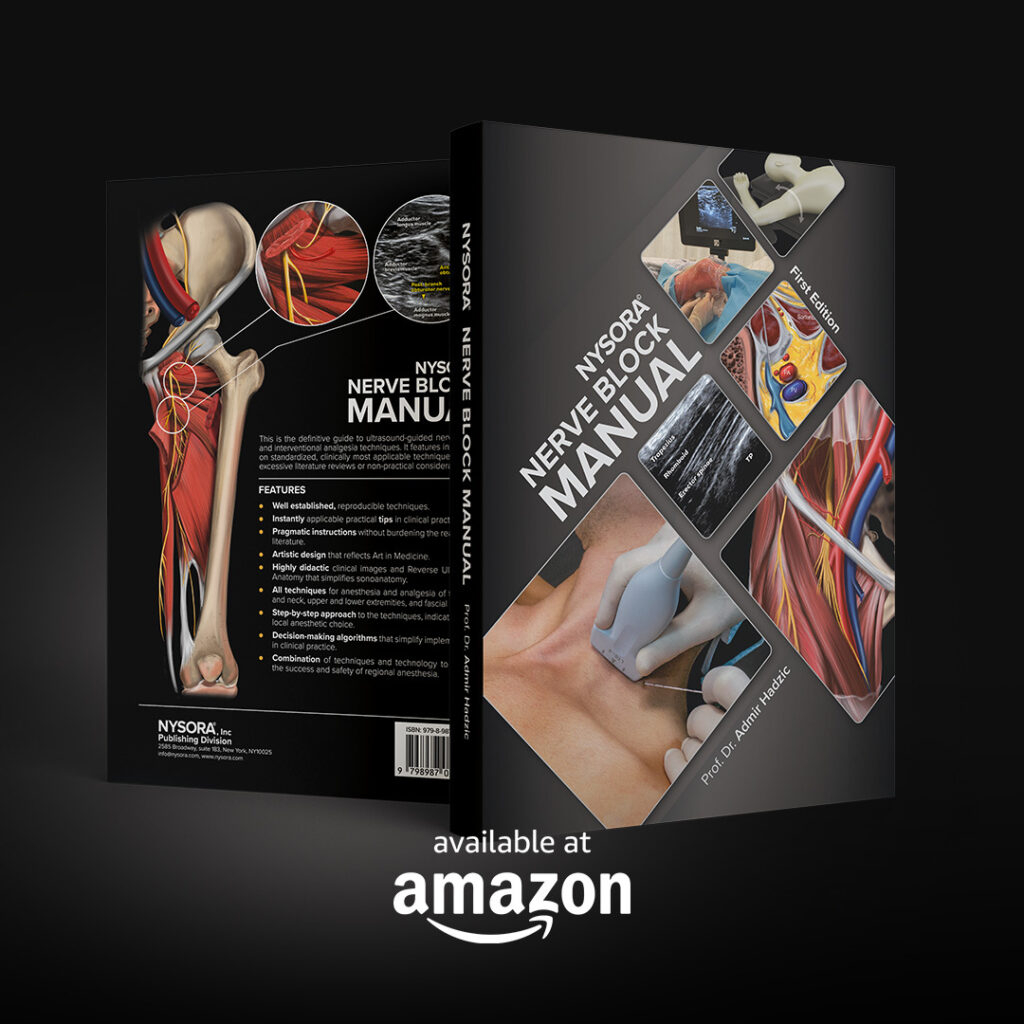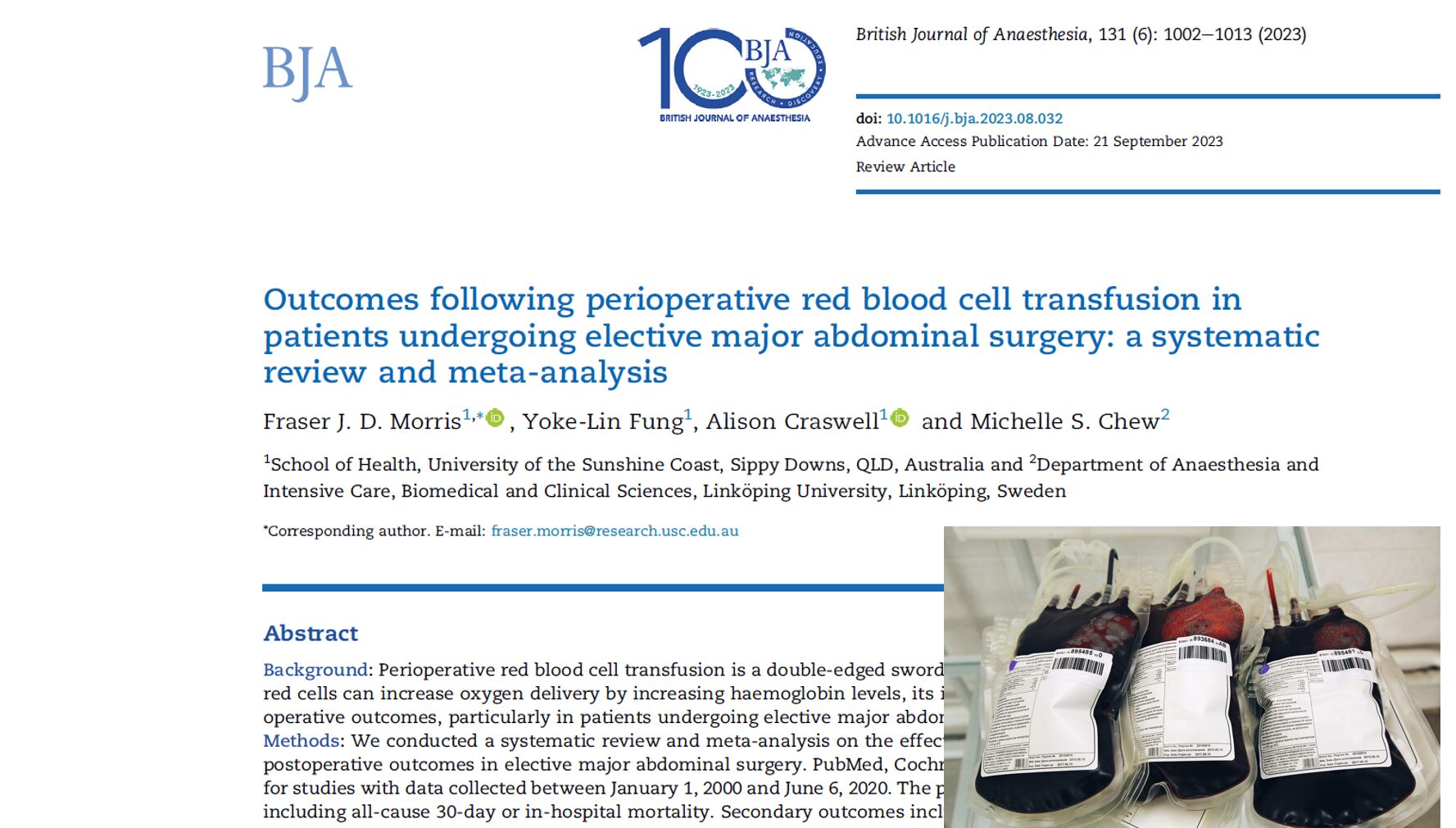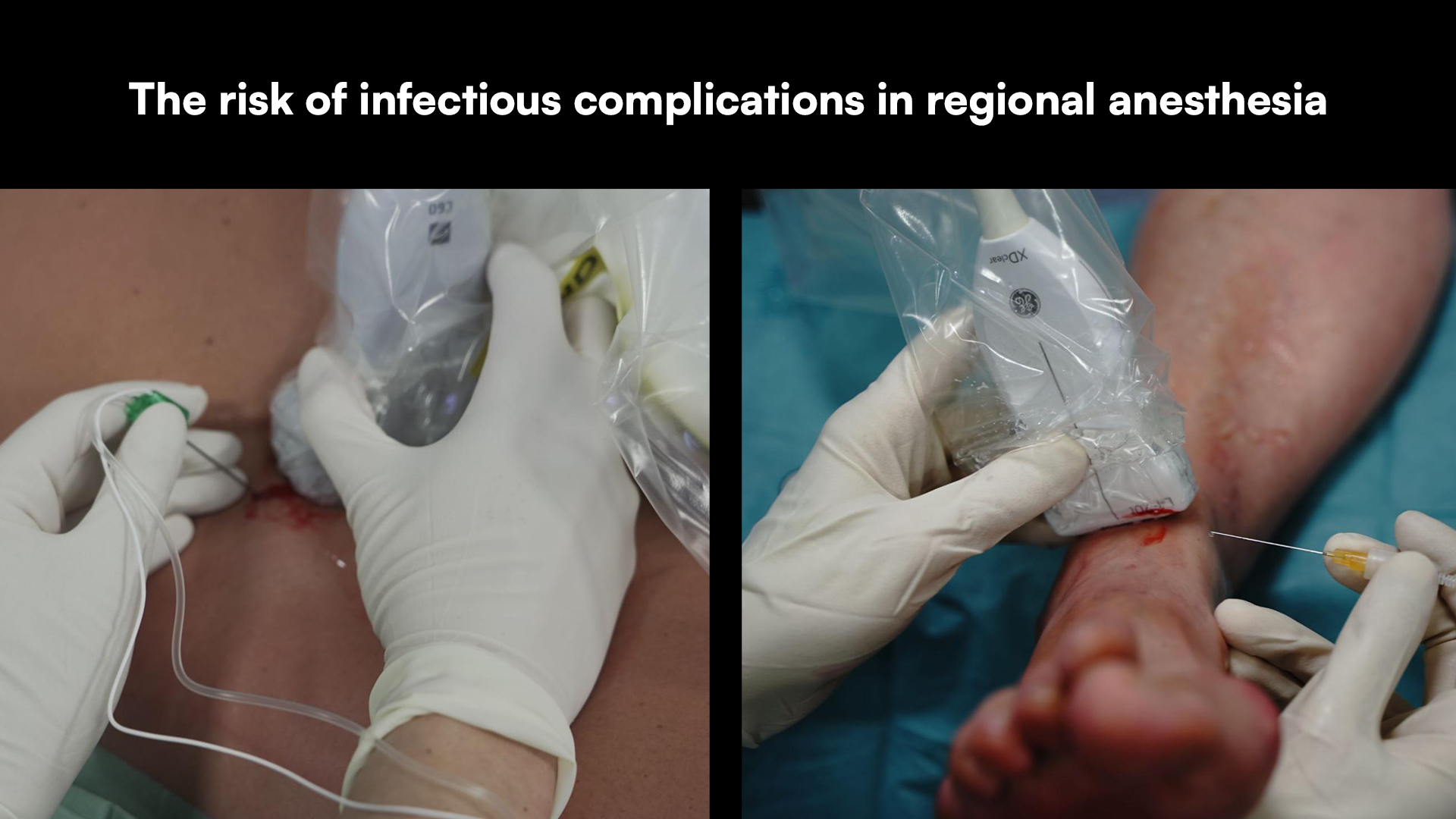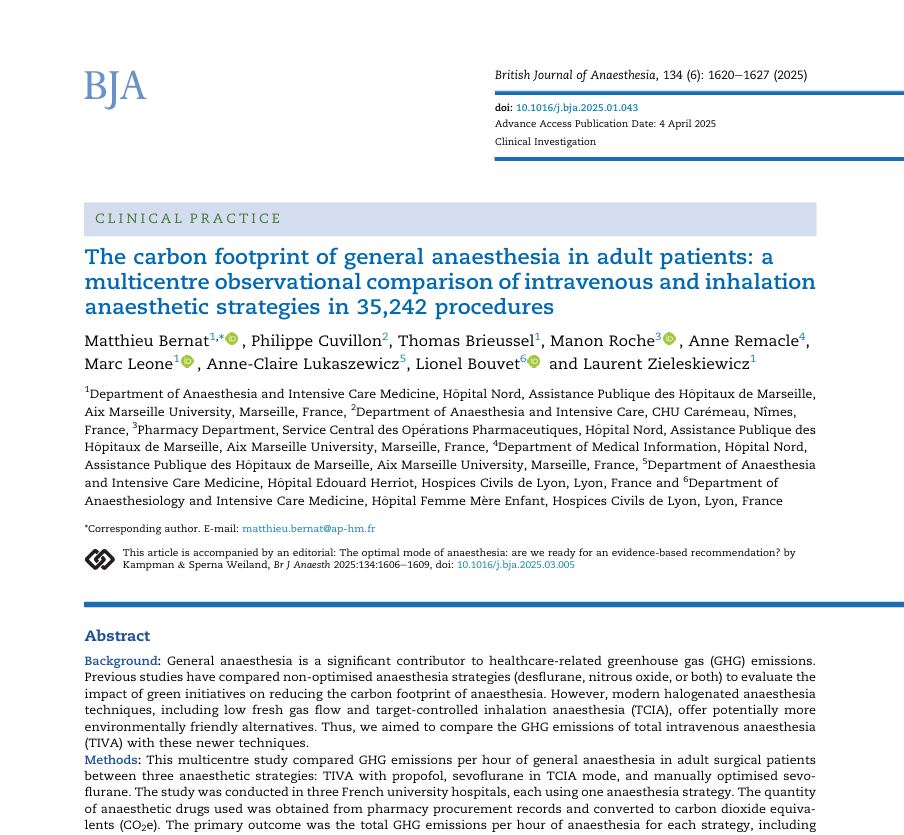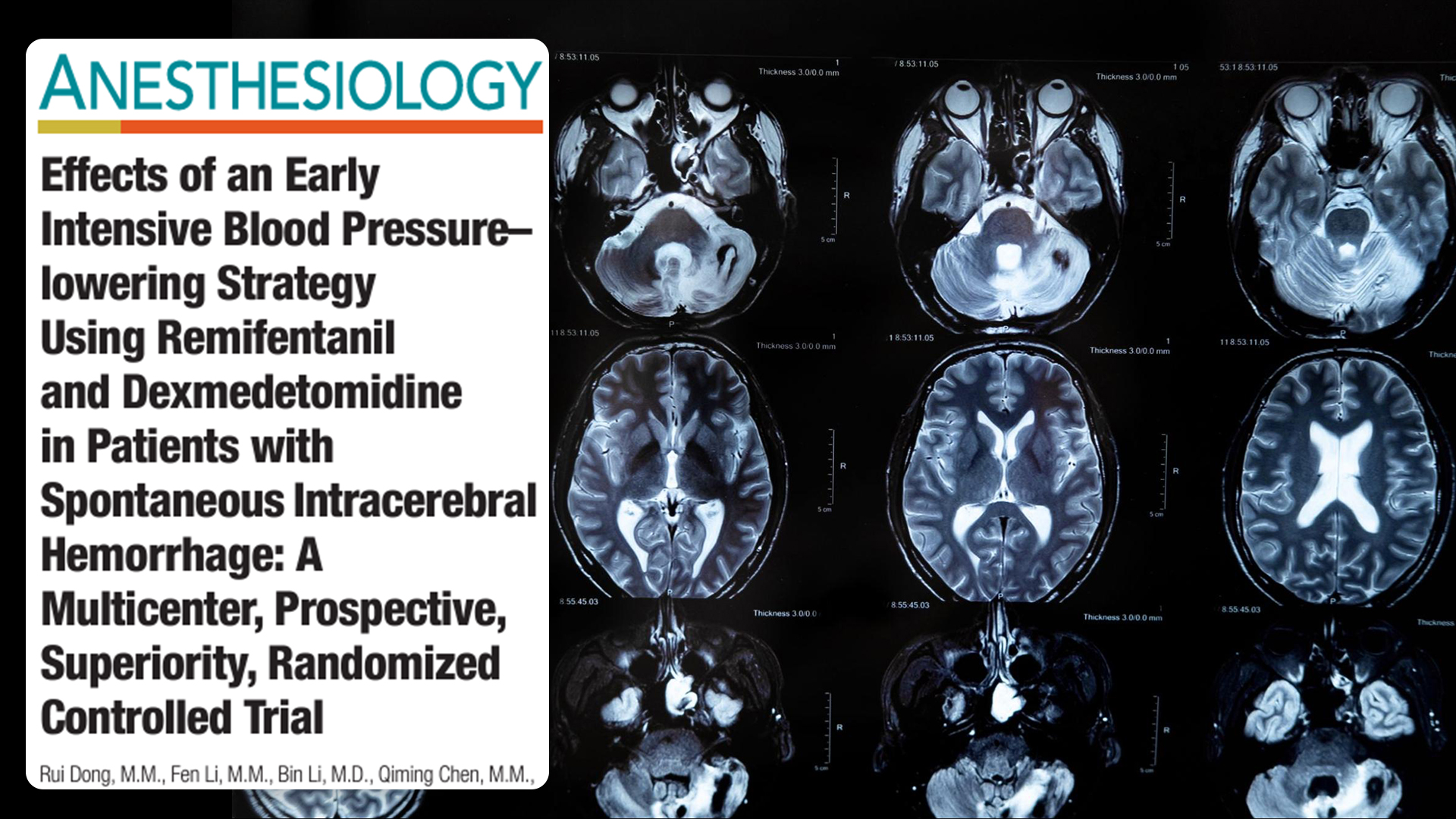A recent study published in Regional Anesthesia & Pain Medicine explores an innovative pain management strategy for patients undergoing the Nuss procedure for pectus excavatum repair. The research, conducted at Johns Hopkins University School of Medicine, evaluates the efficacy of combining bilateral erector spinae plane (ESP) blocks with surgical intercostal nerve cryoablation.
Introduction to pectus excavatum and Nuss procedure
Pectus excavatum (PE) is a common congenital chest wall deformity characterized by a sunken sternum. Severe cases can impair cardiopulmonary function, necessitating surgical intervention. The Nuss procedure, a minimally invasive technique, has become the standard of care. It involves the insertion and rotation of metal bars to correct the chest wall deformity. Despite its benefits, the procedure is associated with significant postoperative pain, traditionally managed with multimodal intravenous analgesia, neuraxial, and regional anesthesia, including intercostal nerve blocks and cryoablation.
Study objective and methods
The study aimed to assess the impact of adding ESP blocks to the established pain management protocol involving intercostal nerve cryoablation. Researchers conducted a retrospective analysis comparing 20 patients receiving bilateral ultrasound-guided single-shot T6 ESP blocks and surgeon-placed intercostal nerve cryoablation to a control group of 20 patients who underwent cryoablation alone. Primary outcome measures included postoperative pain scores, total hospital opioid use, and hospital length of stay.
Key findings
- Opioid use: The median total hospital intravenous morphine milligram equivalents (MME) was significantly lower in the ESP group compared to the control group (0.60 mg/kg vs 1.15 mg/kg, p<0.01).

Median opioid requirements for intraoperative and postoperative phases of care with error bars showing IQRs. Cryo, cryotherapy; ESP, erector spinae plane; MME, morphine milligram equivalents; POD, postoperative day.
- Length of stay: Patients in the ESP group had a shorter mean hospital stay compared to the control group (1.95 vs 2.45 days, p=0.03).
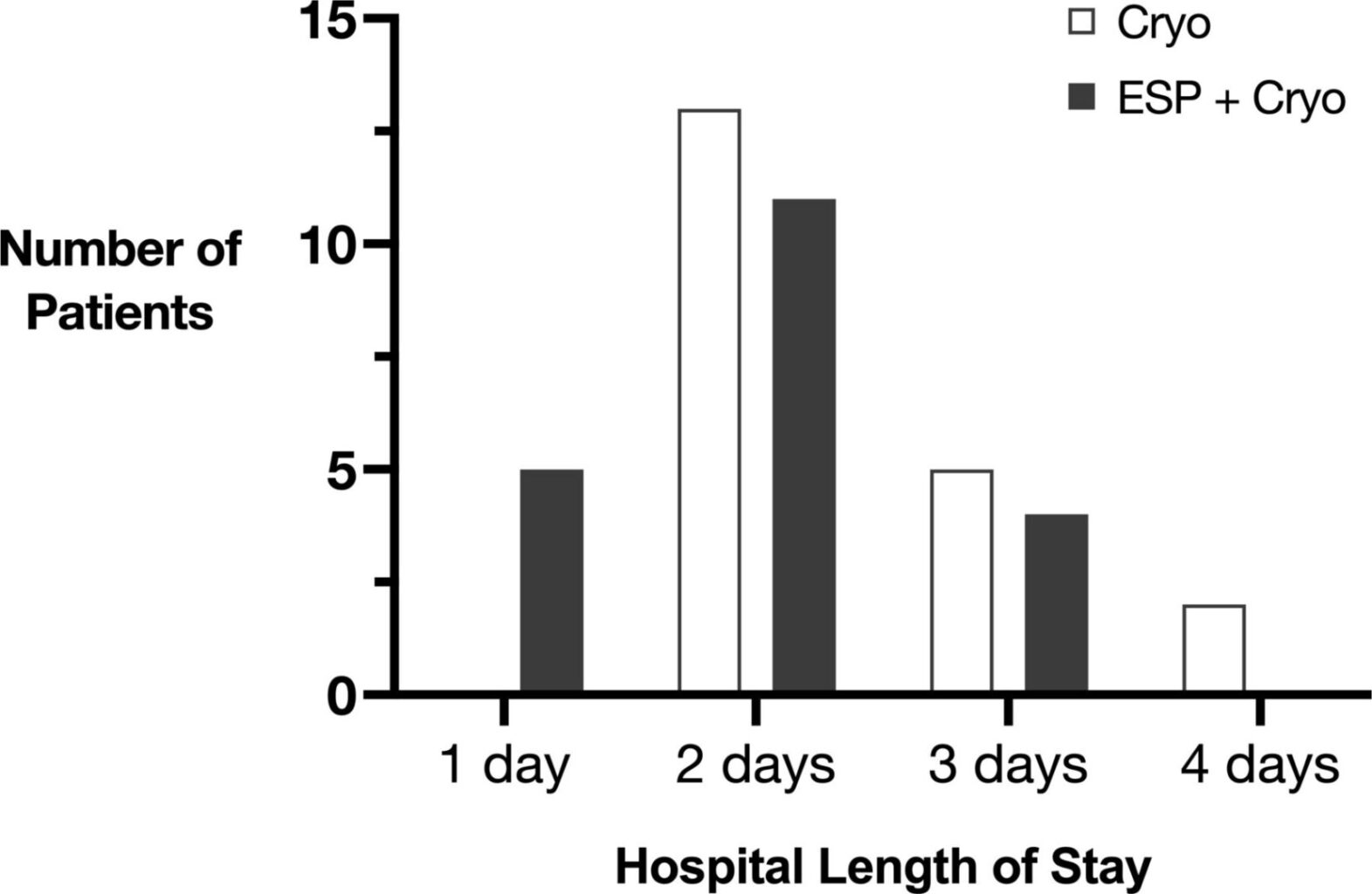
Hospital length of stay for patients receiving ESP block and cryotherapy compared with those receiving cryotherapy alone. Cryo, cryotherapy; ESP, erector spinae plane.
- Pain scores: There was no significant difference in postoperative pain scores between the two groups.
Clinical implications
The combination of ESP blocks with intercostal nerve cryoablation shows promise in reducing opioid consumption and facilitating earlier hospital discharge without compromising pain control. This approach may reduce the systemic side effects associated with higher opioid use, such as nausea and constipation, potentially improving patient outcomes and hospital efficiency.
Future directions
The study provides a foundation for future randomized controlled trials to confirm these findings and explore long-term outcomes, including the incidence of postoperative complications like neuropathic pain. Further research could also standardize perioperative opioid regimens to enhance the reproducibility of results.
Conclusion
The pilot study indicates that adding bilateral single-shot ESP blocks to surgical intercostal nerve cryoablation can significantly reduce opioid use and shorten hospital stays for patients undergoing the Nuss procedure. These findings could influence future pain management protocols, offering a more effective and safer approach to postoperative care in pediatric surgery.
For more detailed information, refer to the full article in RAPM.
Aranda-Valderrama P, Greenberg RS, Vecchione TM, et al. Combined erector spinae plane block with surgical intercostal nerve cryoablation for Nuss procedure is associated with decreased opioid use and length of stay. Reg Anesth Pain Med. 2024;49:248-253.
For more information on the erector spinae plane block and the complete guide to the 60 most frequently used nerve blocks, download the Nerve Blocks App HERE. Don’t miss the chance to get the bestselling NYSORA Nerve Blocks App in book format – the perfect study companion with the Nerve Blocks app!

